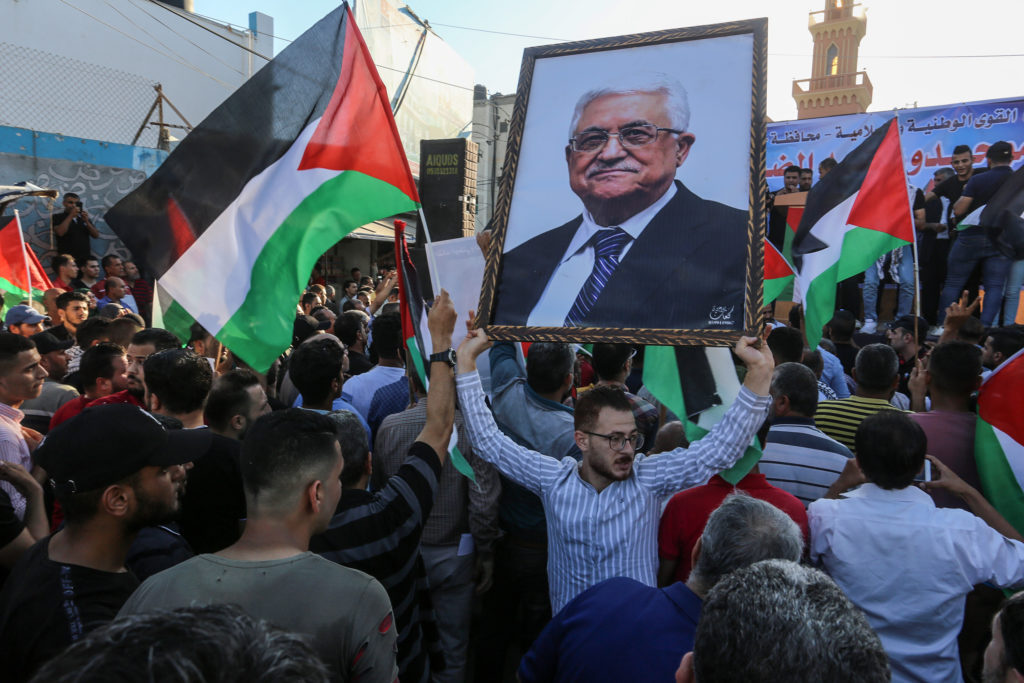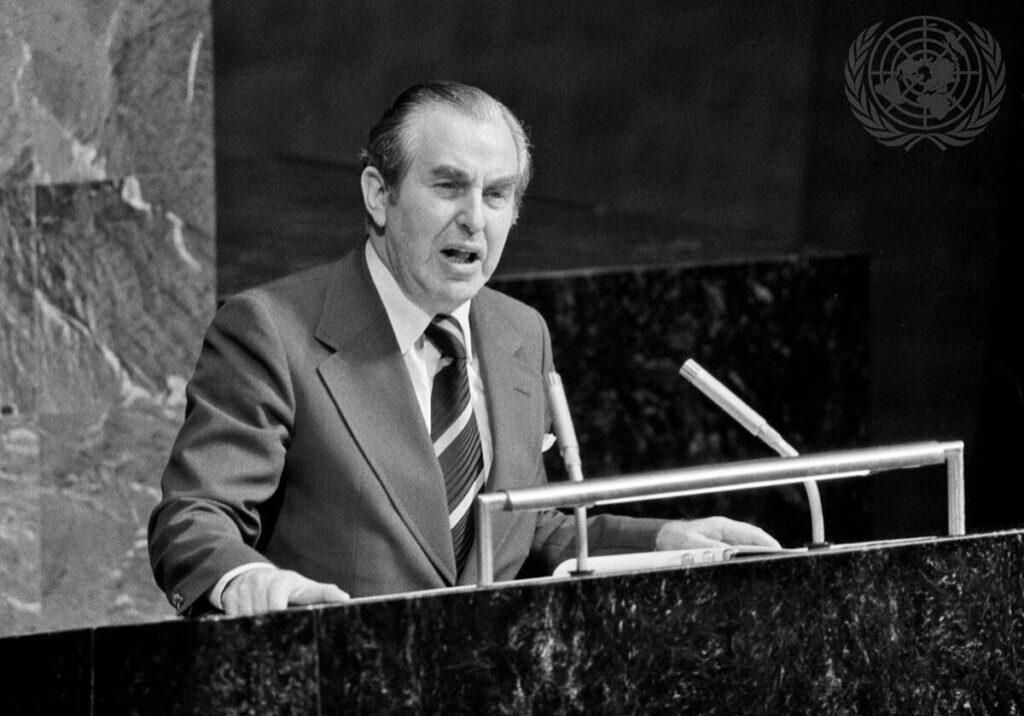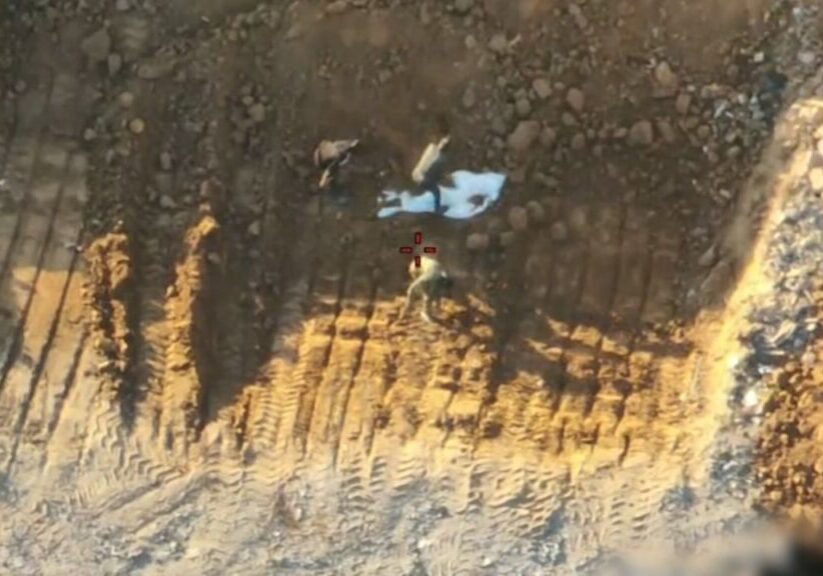Australia/Israel Review
What the Biden Administration needs to do now
May 31, 2021 | Robert Satloff

With a welcome ceasefire in the Hamas-Israel conflict, achieved with a strong assist from Washington, the Biden Administration will have to decide whether to revert to its pre-crisis strategy of relegating Arab-Israel diplomacy to the backwater of US priorities. Keeping distance from this issue made sense when the conflict seemed frozen and little was likely to change, even with substantial US involvement. Now, however, Gaza has turned a static situation fluid. While the Biden Administration can certainly sit and watch as these changes play out, the wiser course would be to assess its options for actively shaping outcomes that will affect larger US equities in the region.
The Stakes in Gaza
At its core, the mini-war reflected a Hamas decision to embarrass its rival, the Palestinian Authority (PA), by “defending” Muslim holy sites from Israeli police incursions. Pummelling cities with rockets was the group’s way of showing that confrontation, not accommodation, would compel Israel and the wider world to pay attention. In this effort, the group registered some success in both intra-Palestinian and international terms, as reactions from foreign capitals and certain sectors of Congress suggest. All the while, Hamas was coldly indifferent to the price that the people of Gaza suffered along the way.
At the same time, one should not isolate the Gaza conflict from the confluence of two larger regional clashes: first, between the radical Sunni Islamist bloc (i.e., Turkey, Qatar, the Muslim Brotherhood, Hamas, and others) and the Sunni anti-Islamist bloc (Egypt, Jordan, other Gulf monarchies); and second, between Iran’s “axis of resistance” (Syria, Hezbollah, the Houthis, various Shi’ite militias, Hamas, etc.) and the anti-Iran coalition (the Sunni anti-Islamist bloc plus Israel). As the rare Sunni group that sits in both radical camps, Hamas connects these clashes; indeed, Gaza is one place where they converge. For the United States, this adds an additional layer of strategic interest to ensure that Hamas and its patrons do not reap political benefits from the hostilities with Israel.
Operationally, this translates into three main objectives for the post-conflict period. The first is to roll back or at least limit any political gains Hamas made through its resort to force. The second is to bolster the PA as the legitimate government and representative of the Palestinian people. Although there is much to critique in PA President Mahmoud Abbas’ leadership, the US has an interest in reversing the perception of Hamas benefitting from its use of violence and the PA suffering because of its restraint. Third, Washington needs to continue building on the major new factor – Arab-Israel normalisation via the Abraham Accords – by integrating Arab states into efforts that actively support the first two goals.
More specifically, the US and its partners should take the following steps:
• Connect Hamas directly with the people’s suffering by framing the next phase as “reconstruction or rockets”: Given the swell of global sympathy for the people of Gaza, urgent humanitarian relief such as food, water, medicine, and emergency housing should proceed immediately, without onerous conditions. But reconstruction is a different story. This time, rebuilding Gaza should be conditioned on intrusive monitoring measures that chip away at Hamas’ local authority and conclusively deny the group the ability to rearm and reconstruct its tunnel network – lessons learned from the failed oversight efforts that followed the 2014 conflict. These objectives cannot be achieved without several prerequisites: a much larger and more effective deployment of monitors; a system that does not permit parallel gateways into Gaza (e.g., the alternative Egyptian route for goods, which Israel recently allowed); in-person supervision of goods from entry to end-user rather than relying on video monitoring; a customs regime whose benefits flow principally to the PA, not Hamas; and a firm commitment to stop all imports if a diversion is discovered.
• Pair support for Palestinians in Gaza and the West Bank so that the PA’s policy of restraint and cooperation is rewarded, not Hamas’ policy of violence and confrontation: A 1:1 principle should apply – for every dollar of reconstruction assistance that flows to Gaza, a dollar of development aid (not PA budgetary support) should flow to the West Bank. This will help bolster Abbas, whose standing has suffered for years and who was recently pummelled after he cancelled legislative elections.
• Engage an “Arab Peace Coalition” in support of these efforts: All of Israel’s past, present, and future Arab peace partners should be asked to assist – “first generation” peacemakers in Cairo and Amman, “second generation” peacemakers in the Abraham Accords states, and potential future peacemakers in Riyadh, Muscat, and elsewhere. Many of these governments harshly criticised Israel’s initial actions in Jerusalem, but they were generally silent once the conflict shifted focus to Gaza. Although much of their support will be financial as they monetise their vocal backing for the Palestinian cause, their role goes beyond donations. Having Arab capitals rally to assist the people of Gaza as well as the people and government of the West Bank would have a salutary impact throughout the Palestinian arena. Taken together, individual and collective actions by an Arab Peace Coalition would have multiple benefits: bolstering the legitimacy of Arab peacemakers in the eyes of Palestinians; addressing widespread sympathy for the Palestinian cause among each government’s domestic constituency; and counteracting the two-faced role currently played by Qatar, whose financial support to Hamas was short-sightedly okayed by Israel in recent years as a way to buy (or, more accurately, rent) calm.
• Create a quiet forum with Israel and Jordan to address operational issues in Jerusalem, including the PA when appropriate: Resolving disputes over management of Muslim holy sites should be part of this mandate, without touching questions of sovereignty or political control. The parties share a strategic interest in calm and cooperation to prevent minor disputes from exploding into major conflagrations. To meet this objective, Israel will need to recognise that Jordan can play a helpful, constructive role on these issues, and the two leaders – Binyamin Netanyahu and King Abdullah II – must overcome their deep personal animosity.
Defining the US Role
This is a substantial agenda, far more involved than the Biden team originally envisioned for itself. It requires sustained diplomatic muscle – a proven diplomatic troubleshooter who can marshal the capacities and competing interests of the US interagency process, talk authoritatively in regional capitals, cajole potential donors in Europe and elsewhere, and engage directly with local leaders such as Netanyahu and Abbas, who will see political landmines in the most minor technical issues.
Yet preventing a repeat of this mini-war may require more than just beefing up the US diplomatic team. The most effective Gaza monitoring system would be a new civilian unit of technical, developmental, engineering, and border-control experts modelled on the Multilateral Force & Observers in the Sinai – that is, a US-organised and led international body with contingents from a number of friendly countries. Such an entity would be able to inspect where it pleases, operate an import licensing system with speed and efficiency, and have the backbone to suspend imports if it discovered diversions.
To be sure, neither Israel nor Hamas would welcome this idea at first – the former because of fears it might set a precedent for international monitoring in the West Bank, the latter because a serious monitoring operation would erode the group’s power. Still, if the goal is to prevent another round of fighting, this is the Cadillac solution; other options (e.g., an improved version of the post-2014 UN operation) would be less effective.
The Biden Administration does have the option to ride out the current crisis, support the flow of humanitarian goods to Gaza, and then essentially revert to its hands-off posture. Yet any honest assessment must recognise that failing to engage fully in this effort would likely ensure another Hamas-Israel war sometime in the future, with more lethal weapons and a higher body count.
Dr. Robert Satloff is Executive Director of The Washington Institute for Near East Policy. © Washington Institute, reprinted by permission, all rights reserved.
Tags: Gaza, Hamas, Israel, United States






